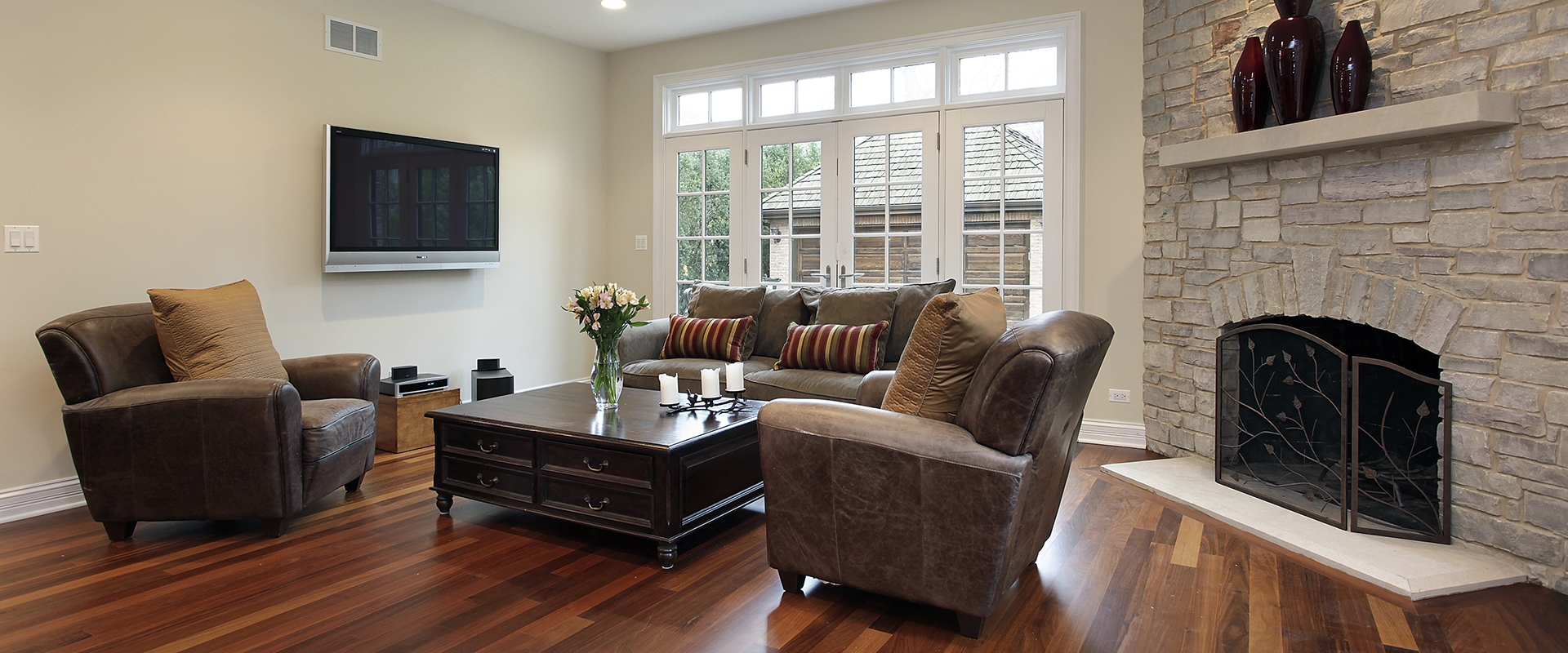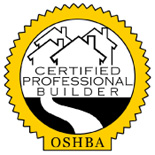Types of Home Additions Explained
Conventional House Addition
A conventional house addition is a multi-room structure seamlessly integrated into the main house, creating permanent additional space. Common uses for a house addition include:
- Great room
- Dining room
- Family room
- Bathroom
- Guest bedroom
- Master bedroom
200
Years Combined Experience11000
Satisfied Customers250
Trusted AssociatesBump-Outs
A bump-out is a smaller-scale addition designed to serve a single function or expand an existing room. Examples include:
- Adding 50 square feet to a kitchen for a kitchen island.
- Extending a dining area for more comfortable seating.
Key Points:
- Focused Purpose: Bump-outs are typically single-room expansions.
- Space Efficiency: They provide extra space without the cost or complexity of a full house addition.
- Structural Adjustments: Some bump-outs may be cantilevered, extending into the air without additional foundation work.
Garage Conversions
Garage conversions transform an existing attached garage into a functional living space, such as a bedroom or living room.
Key Points:
- Advantages: The basic structure—walls, roof, foundation, and some electrical work—is already in place.
- Challenges: Plumbing and HVAC often need to be installed, and blending the converted space with the rest of the home can be difficult.
- Resale Value: Garage conversions typically have lower resale value, and homes without garages can be harder to sell.
Sunrooms
A sunroom is a supplementary living area added to the side of the house, typically enclosed with large windows and doors.
Key Points:
- Purpose: Sunrooms are usually not designed for year-round living and are not suitable as permanent sleeping areas.
- Construction Materials: Often built with prefabricated materials like aluminum and thermal-resistant glass, though stick-built options are available for a more cohesive look.
- Unique Features: Oversized windows and doors are common, and heating or cooling is optional. In Tulsa, Oklahoma, a mini-split system is recommended for year-round comfort.
Attic Conversions/Build-Outs
Attic conversions repurpose underutilized attic space into functional living areas.
Key Points:
- Details: For more information, refer to the “Attic Build-Outs” section in our services area.
What is a home addition?
A home addition involves adding new space to your home, either by building outward (such as a new room or garage) or upward (such as an attic or second-floor addition). Common types include full-scale additions, bump-outs, sunrooms, and garage or attic conversions.
How do I know which type of addition is right for me?
The best type of addition depends on your goals, budget, and existing home structure. For example:
- Full additions are ideal for multi-room expansions.
- Bump-outs work well for single-room enhancements.
- Sunrooms add light-filled living space for seasonal use.
- Garage conversions and attic build-outs repurpose existing space efficiently.
Do I need a permit for a home addition?
Yes, most home additions require permits to ensure compliance with local building codes. We handle the permitting process for you to simplify the project.
How long does it take to complete a home addition?
Timelines vary depending on the size and complexity of the project. A small bump-out might take a few weeks, while a full-scale addition could take several months. We’ll provide a detailed schedule during the planning phase.
Can a home addition be customized to match my existing home?
Absolutely. We design additions to blend seamlessly with your home’s architecture, using materials and finishes that complement your existing style.
How much does a home addition cost?
Costs vary widely based on size, materials, and complexity. For example:
- Bump-outs: $10,000–$30,000
- Full additions: $50,000–$200,000 or more
- Garage conversions: $20,000–$50,000
- Sunrooms: $15,000–$70,000
We provide a detailed estimate tailored to your project during the consultation.
Are there financing options available for home additions?
Yes, we can connect you with financing partners to help make your project more affordable.
How can I save money on a home addition?
To keep costs down, consider repurposing existing spaces like garages or attics, using cost-effective materials, or focusing on smaller-scale additions such as bump-outs.
Will construction disrupt my daily life?
Some disruption is inevitable, but we work to minimize it by maintaining a clean job site, keeping a clear schedule, and communicating regularly about progress.
What if unexpected issues arise during construction?
If unforeseen challenges like structural issues or outdated wiring are discovered, we’ll discuss solutions with you immediately to stay on track and within budget.
What’s the difference between a bump-out and a full addition?
A bump-out adds space to a single room (e.g., expanding a kitchen or bathroom) and is typically smaller and less expensive.
A full addition is a multi-room structure that blends into the main house, offering significant new living space.
Can I use a sunroom year-round?
Sunrooms are designed primarily for seasonal use. However, adding heating or cooling systems, like a mini-split, can make them more comfortable year-round, especially in climates like Tulsa, Oklahoma.
Are garage conversions worth it?
Garage conversions can provide valuable living space but may reduce resale value if the home no longer has a garage. Consider your long-term needs and resale goals before deciding.
What is involved in an attic conversion?
Attic conversions typically include adding flooring, insulation, drywall, and lighting, as well as ensuring proper ventilation and structural support. This is a great way to maximize existing space.
How does a home addition affect my home’s value?
A well-executed addition can significantly increase your home’s value, particularly if it adds functional space like bedrooms or bathrooms.
Will my utility bills increase after an addition?
Yes, adding square footage can lead to higher utility bills. However, we use energy-efficient materials and systems to minimize the impact.
DECADES OF CONSTRUCTION EXPERIENCE.
Sonrise Construction was formed in 2000, and we have well over 200 years of "combined experience" if you add up all the decades of experience from our various Foremen. As your Full Service Design/Build General Contractor, it is our commitment to provide our clients with unrivaled support throughout all phases of the design and construction process.
-
 Room Add Ons Additions
Room Add Ons Additions
-
 Aging In Place Remodel
Aging In Place Remodel
-
 Bathroom Remodel
Bathroom Remodel
-
 Kitchen Remodel
Kitchen Remodel
-
 Tulsa Home Remodel
Tulsa Home Remodel
-
 Attic Installation
Attic Installation
-
 Tulsa Custom Home Builder
Tulsa Custom Home Builder
Choosing the Right Addition for Your Needs
Expanding your home can improve functionality, increase resale value, and provide much-needed space. Whether you're considering a full house addition, a cozy sunroom, or a practical garage conversion, each option has unique benefits and requirements.
For expert advice and professional craftsmanship, contact us today to discuss your home addition project!
Customized Solutions for Your Needs
Sonrise Construction can help with:
- Whole-home ADA remodeling
- Individual room modifications, such as kitchens and bathrooms
- Personalized designs that meet ADA requirements while reflecting your unique style and preferences
Mike Fournier and his team work closely with you to ensure the remodel meets both ADA standards and your specific needs and tastes.
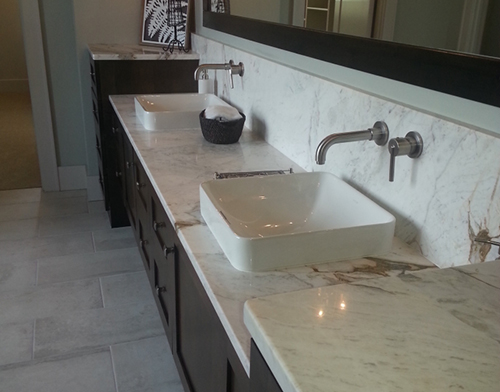
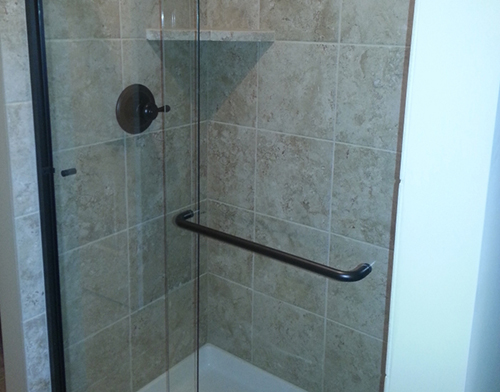
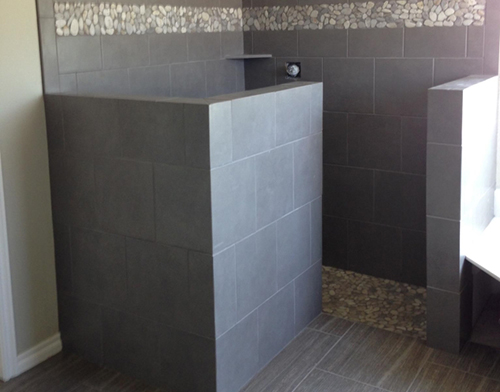
Let's Make Your Home Accessible
Sonrise Construction is ready to help you create a safe and accessible living environment. From ADA-compliant bathrooms and kitchens to full home remodels, we provide tailored solutions with expert craftsmanship.
Contact us today to schedule an appointment and learn more about how we can make your home ADA-compliant and ready for aging in place.
Let’s Bring Your Dream Bathroom to Life
Ready to start your bathroom transformation? Check out our portfolio to see how we’ve helped Tulsa homeowners create stunning bathrooms.

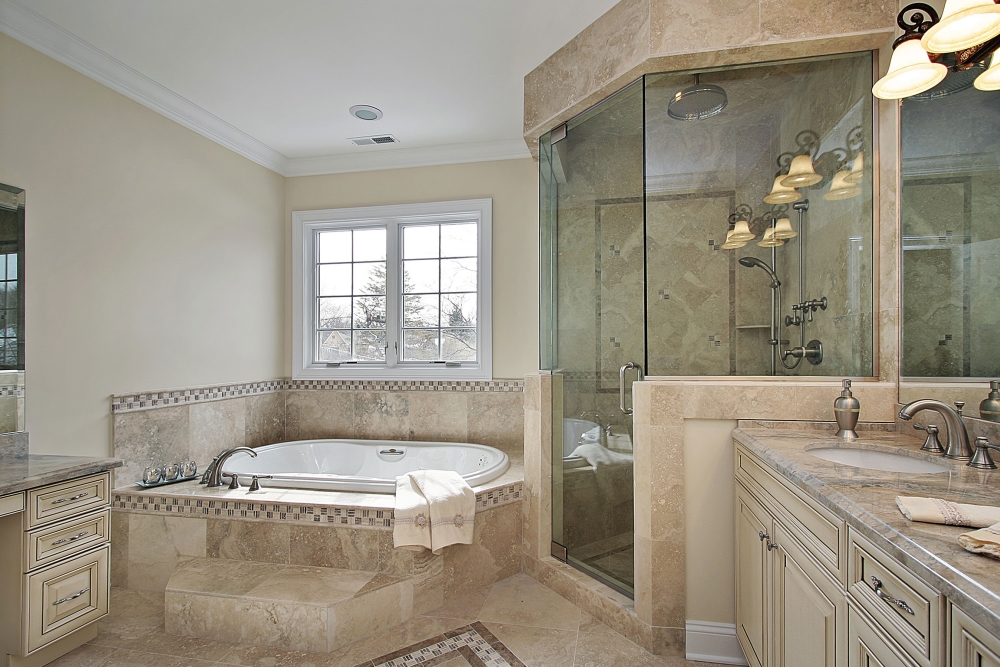
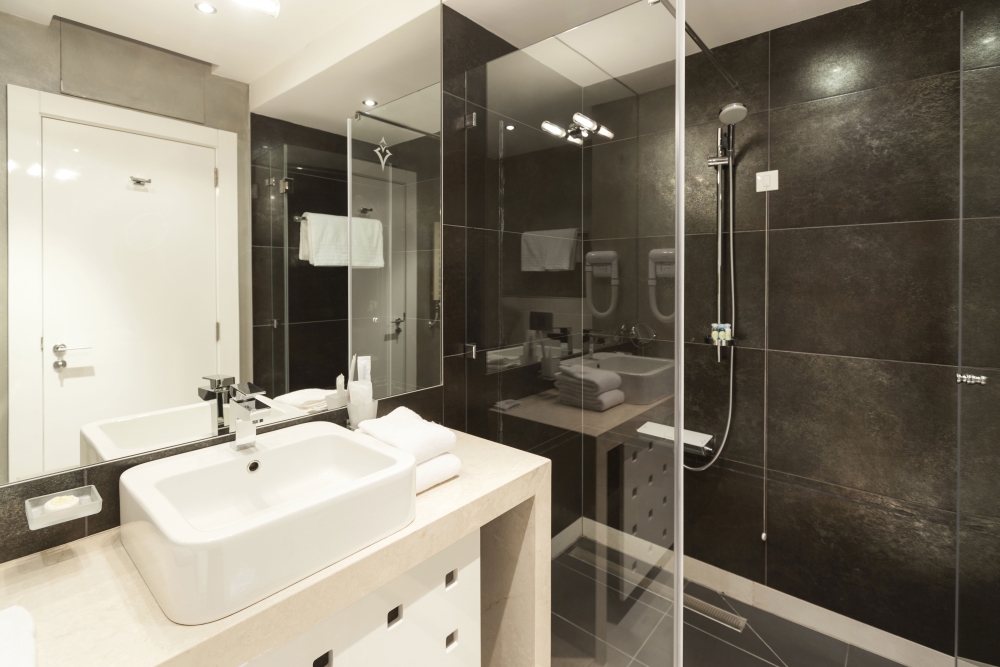
Contact us today to discuss your dream space and get a personalized quote. Let’s turn your vision into a reality!
Take the First Step Toward Your Dream Kitchen
Owner Mike Fournier and the Sonrise Construction team are here to make your kitchen remodeling experience seamless and enjoyable. Schedule a consultation today by filling out our contact form and let us help bring your vision to life.
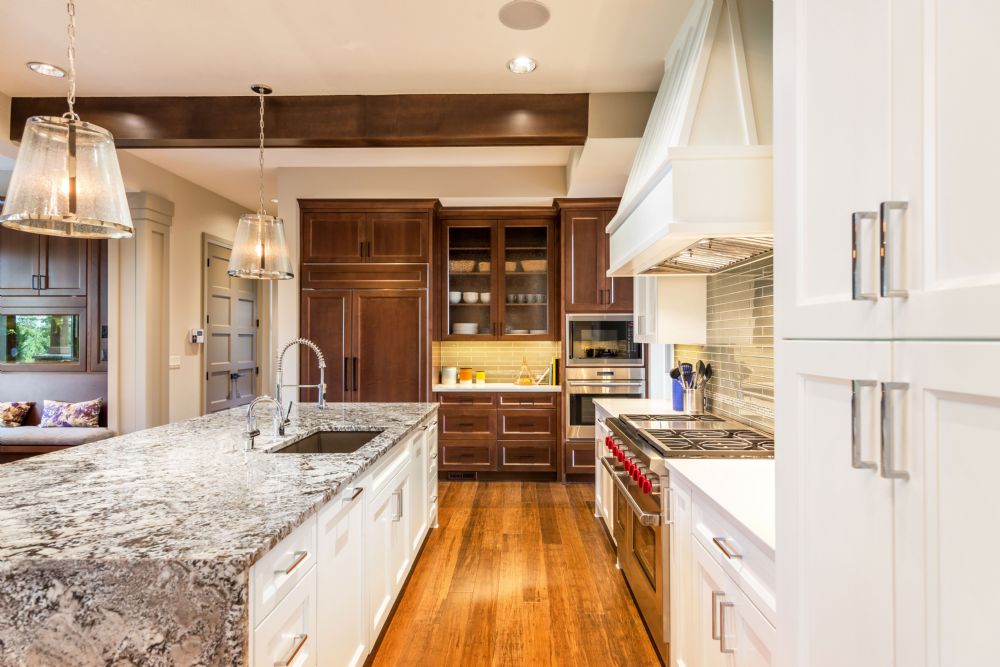
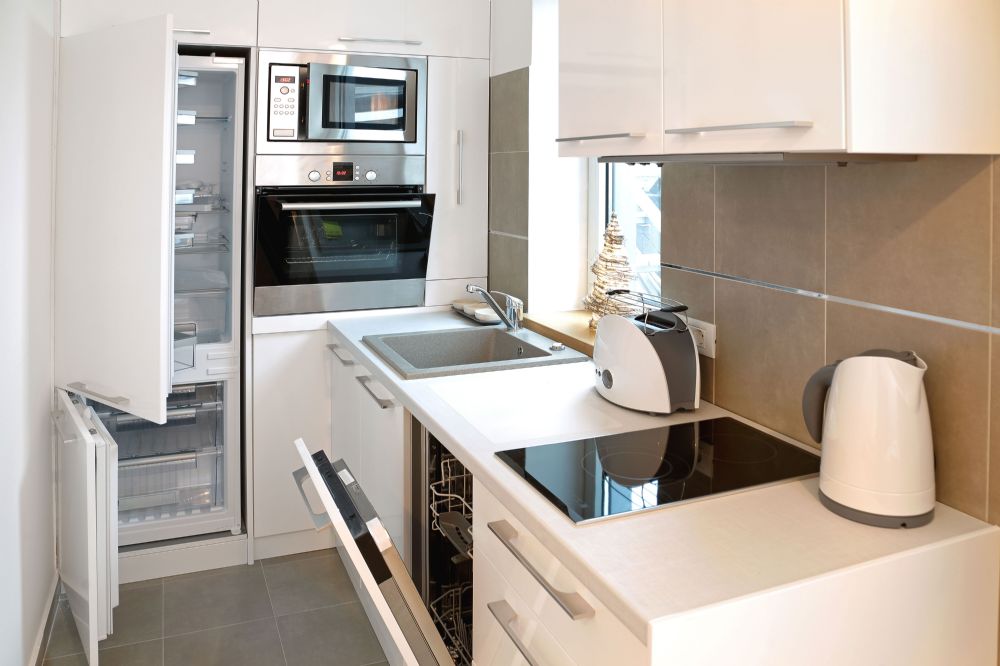
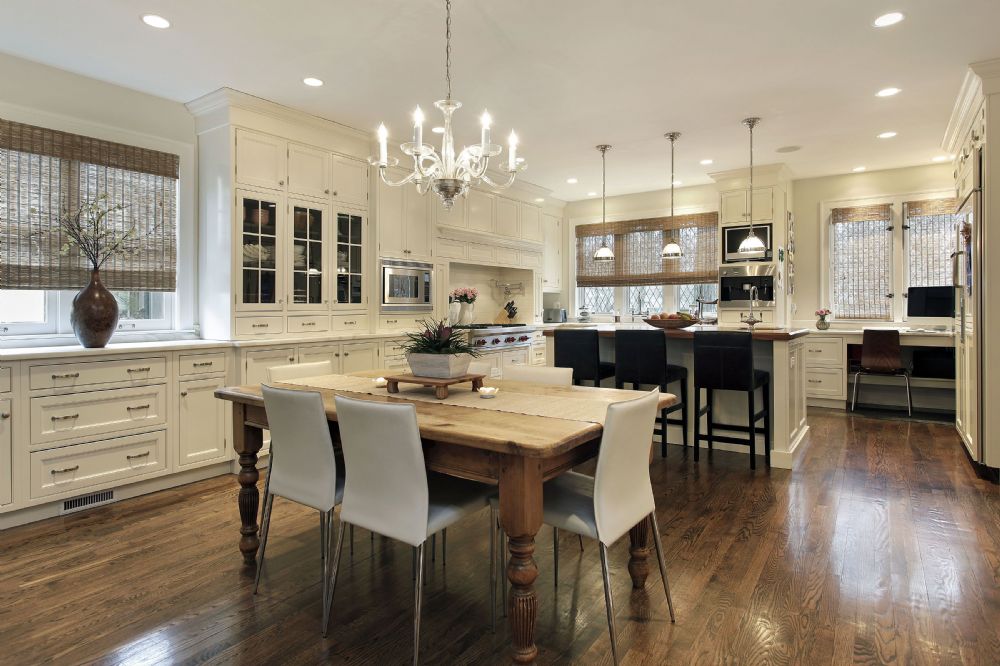
Explore Our Work
Check out our kitchen remodeling projects to see how we've transformed homes across Tulsa.
Sonrise Construction also specializes in other home remodeling services, including bathroom remodels and window replacement. Trust us for all your Tulsa home renovation needs.
Get a Quote Today!
Sonrise Construction - where your dream kitchen becomes a reality.
Tulsa Home Remodel
Founded in 2000, Sonrise Construction based in Tulsa, OK. has acquired expertise in residential construction and Tulsa home remodeling that surpasses our years in business. We have provided construction activities from basic half bath, full bathroom and kitchen remodels to total home makeovers. Our ability, knowledge, experience equip us to reconstruct homes that have historical significance as well as basic room changes and additions. We are the home, kitchen, bath remodels experts and the leading window companies Tulsa offer expert installation, repair, and high-quality window replacement Tulsa services to enhance the beauty and efficiency of your home. Checkout out our Tulsa Pergola page!
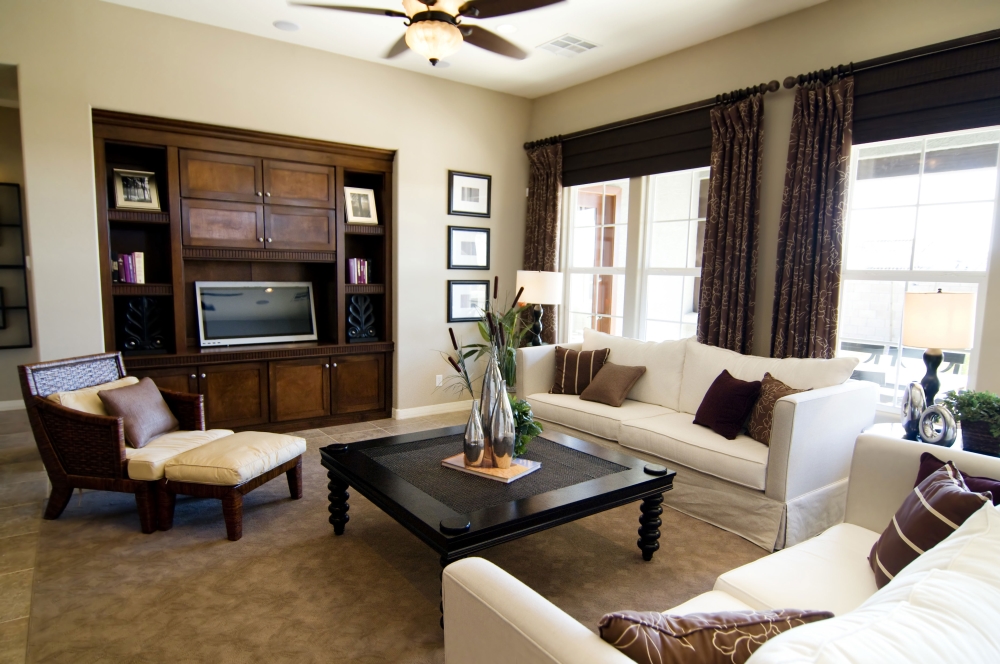
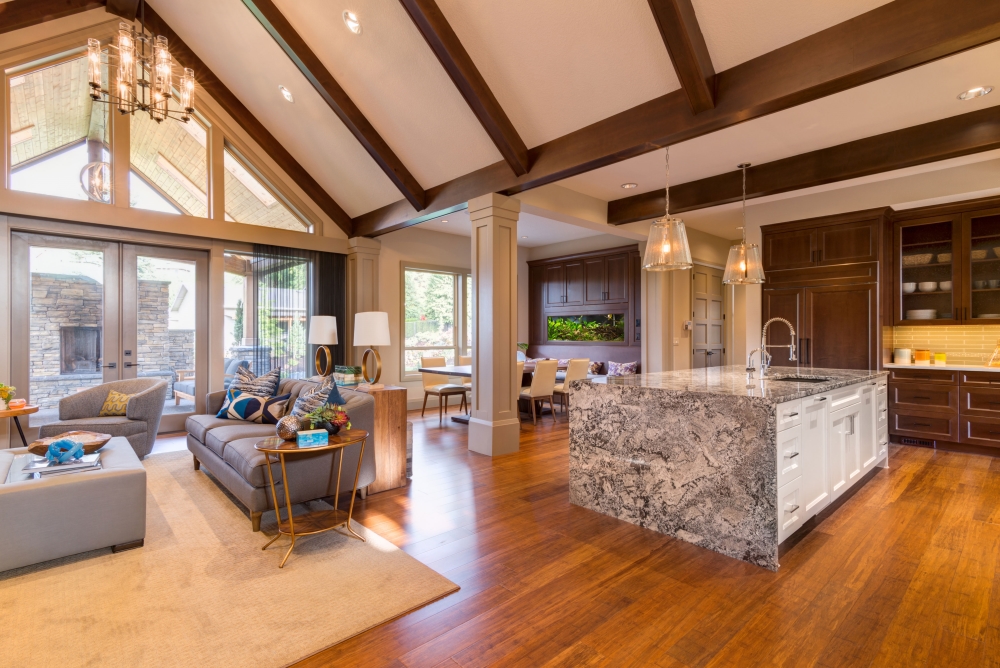
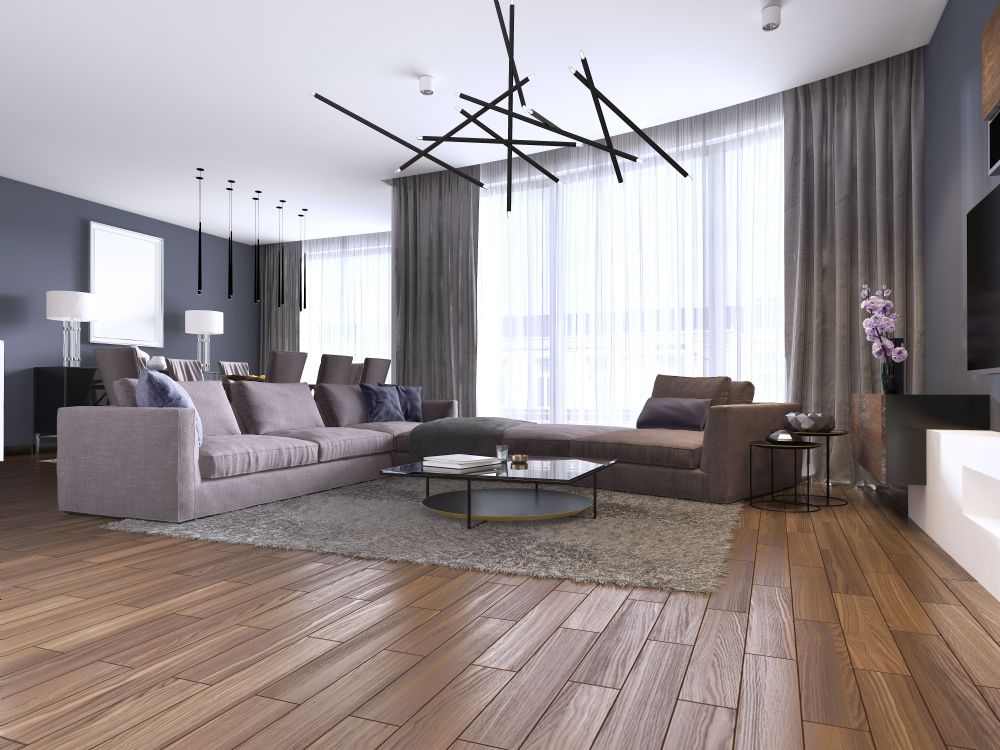
We have the skilled professionals to remodel your house into your ultimate dream home. We don't take short cuts and only use the highest quality of materials. We take great pride in our work and when your home is complete you'll take great pride in how it looks! [Read More]
Attic Installation
If you need living space to add onto your home, attics are easy to overlook, but with most modern floor plans of today, especially those with steep roof pitches, there is ample room to build out.
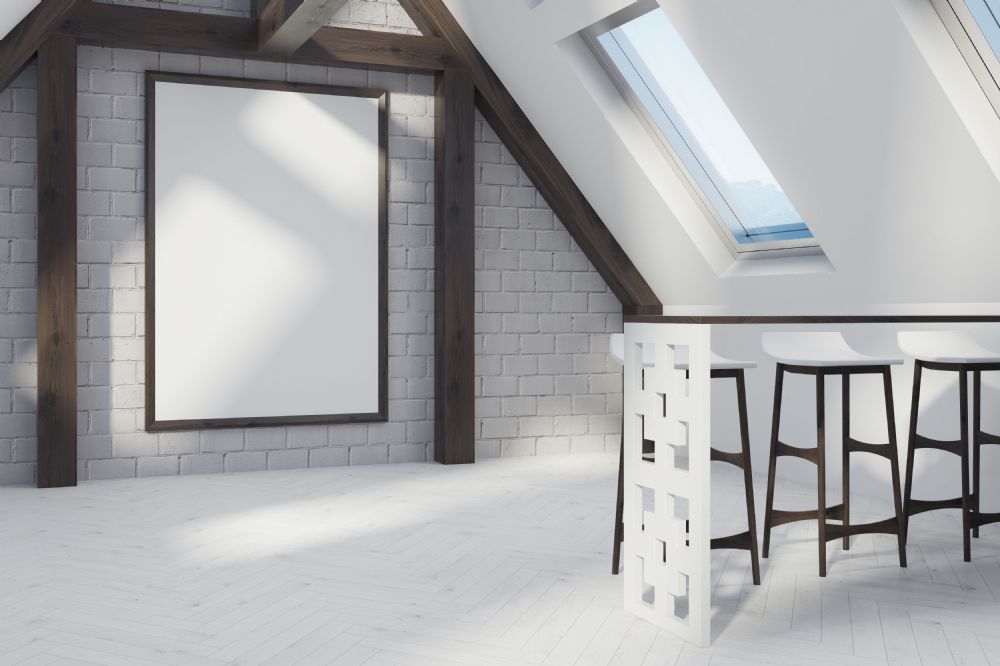
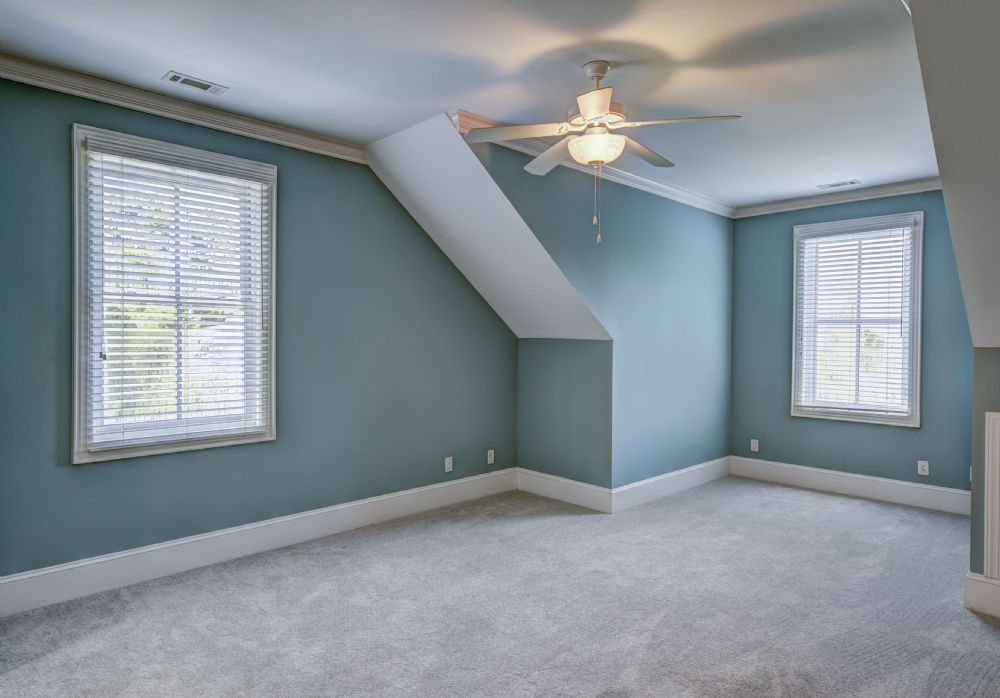
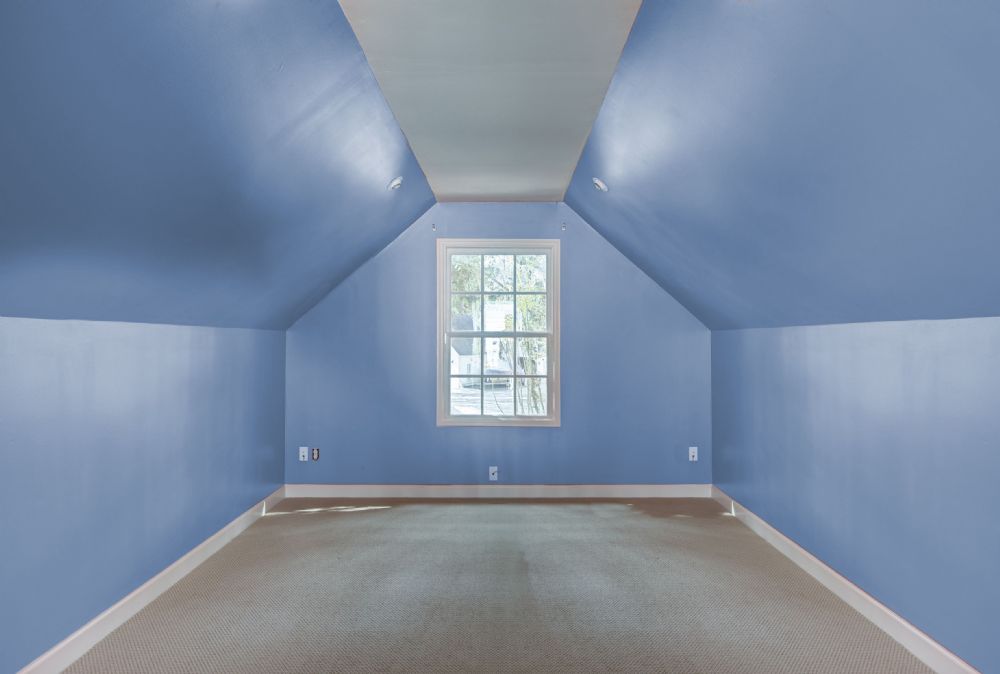
Attic Installations can make great dens, game rooms, man caves, home movie theatres and bedrooms. Call us today and discover all the creative things we can do with attic space! We are the best in the business! [Read More]
Tulsa Custom Home Builder
Sonrise Construction, Owner Mike Fournier, Tulsa 's Full Service General Contractor, is a custom home builder, and we do not build in the cartel neighborhoods; not that there is anything wrong with being a member of the cartel. Many of our builder friends are. We here at Sonrise Construction though prefer to be known solely as a "custom" home builder. We want our customers to be able to work with us in making up to 100% of the choices for how they want their home built; something that you can't get if building a cartel home. Your custom built kitchen and bathroom as long as the rest of your home will be beautifully customized by our team of experts.
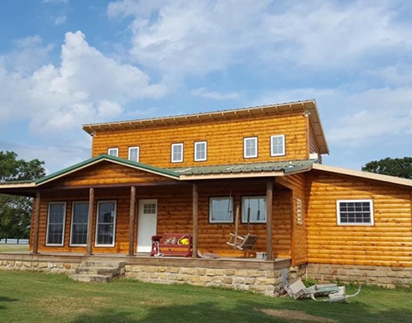
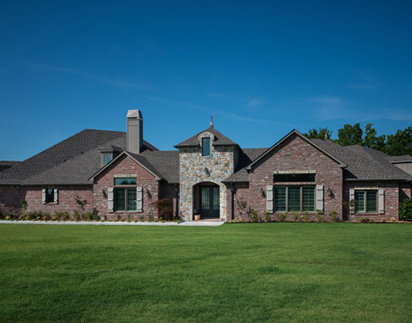
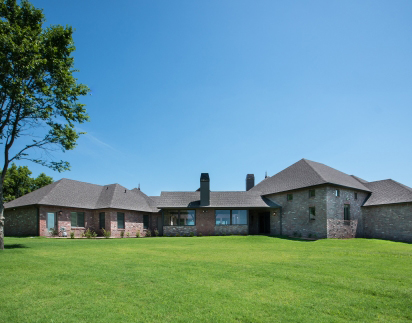
We love the fact that you want a Custom Home Builder to build your next house! Our professional builders will build your vision into a reality! Give us a call today for more information.[Read More]
We Now Have Over 11,000 Satisfied Customers!Get To Know Mike Fournier
2020 president of the Home Builders Association of Greater Tulsa
Mike Fournier, owner of Sonrise Construction, covering Tulsa and surrounding areas, began in July of 2000, and now have over 11,000 highly satisfied customers! We are exceptionally proud of our awards and certifications which speak of our attention to detail, our great customer service, and our superior quality of installation.
- Email Us
- 918-357-7777

